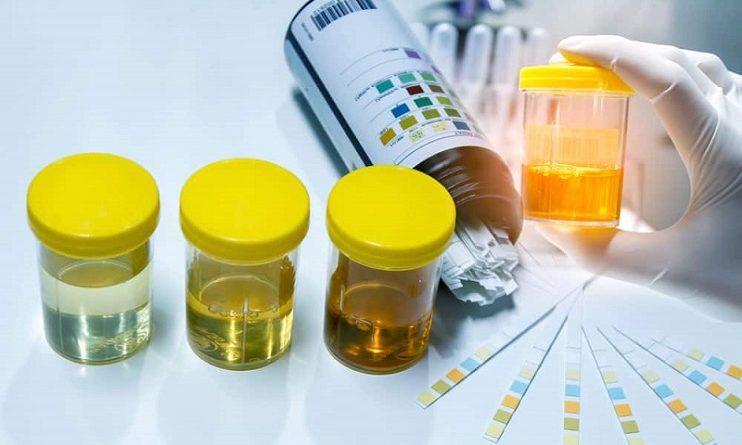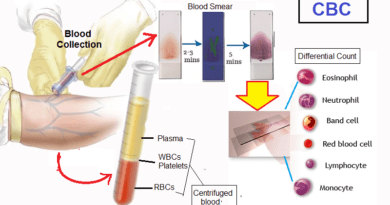Urine Color Change: Most Common 5 Causes!
A sudden change in urine color can be concerning, but it may not always be a cause for alarm. Urination is a common and everyday bodily function. It’s important to keep in mind that not every change in urination is a cause for alarm. However, some conditions require seeking medical consultation, especially when changes in your urine accompanies other symptoms.
Urine color can change for many reasons, including hydration levels, diet, medications, and underlying health conditions. Here’s a list of the most common 5 factors causing urine color change:
- Dehydration:
- Dark yellow or amber-colored urine is a common sign of dehydration. Some causes include not drinking enough water, vomiting or diarrhea (especially in infants & children). When you don’t drink enough fluid, your body will retain more water and produce concentrated urine. (Health Hearty)
- Heat
- Burns
- Medications:
- Some medications, such as rifampin. ibuprofen, amitriptyline, phenazopyridine. and phenazopyridine, can cause urine color change to become orange or red. This is usually not a cause for concern as the change in color will go away after you stop taking the medication.
- Foods:
- Eating certain foods, such as beets, blackberries, fava beans, or rhubarb, can cause your urine to turn pink, red, or dark brown. This is a harmless condition known as beeturia.
- Medical conditions:
- Such as liver disease can cause your urine to turn dark brown or amber. Other medical conditions, such as porphyria, hematuria and Urinary tract infection can cause your urine color change.
- Vitamins:
- High doses of vitamin B supplements can cause urine to turn bright yellow. Riboflavin, or B2, is responsible for neon pee, but isn’t dangerous when taken in large amounts, according to the NIH, and the color change will go away after you stop taking the vitamins.
Urine Color and Hydration Status
The color of your urine can give insight into your hydration status. When you’re well hydrated color turns pale or very light yellow. If you’re dehydrated, your body retains more water and produces less urine, leading to a darker color. The darker the color, the more severe the dehydration. Dark yellow, amber, or brownish urine is a warning sign of serious dehydration and can also be indicative of other health conditions.
urine color change in a table
a table summarizing the information:
| Cause of Urine Color Change | Resulting Color |
|---|---|
| Dehydration | Dark yellow or amber |
| Medications | Orange or red |
| Foods | Pink, red, or dark brown |
| Medical conditions | Dark brown or amber, dark red or brown |
| Vitamins | Bright yellow |
SUMMARY
Urine color can change due to different factors and conditions such as hydration levels, diet, medications, and medical conditions. Common causes of urine color changes include dehydration (resulting in dark yellow or amber urine), medications (causing orange or red urine), foods such as beets (causing pink, red, or dark brown urine), medical conditions like liver disease (resulting in dark brown or amber urine), and high doses of vitamin B supplements (causing bright yellow urine).




